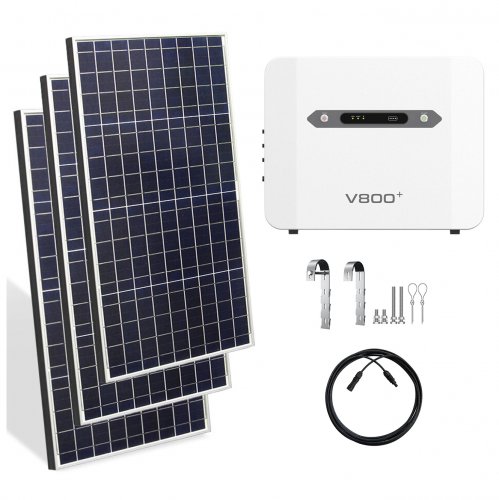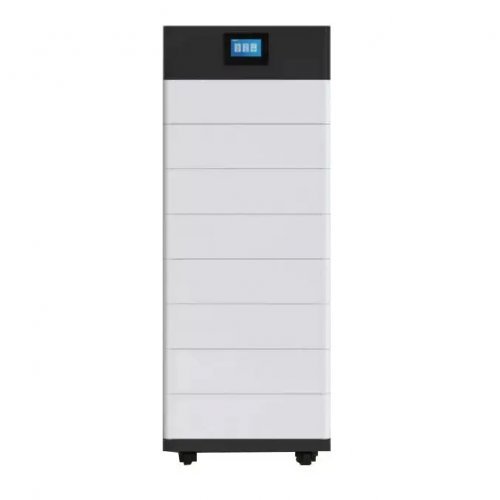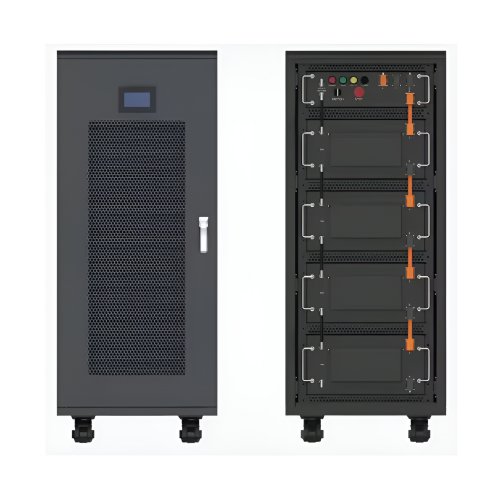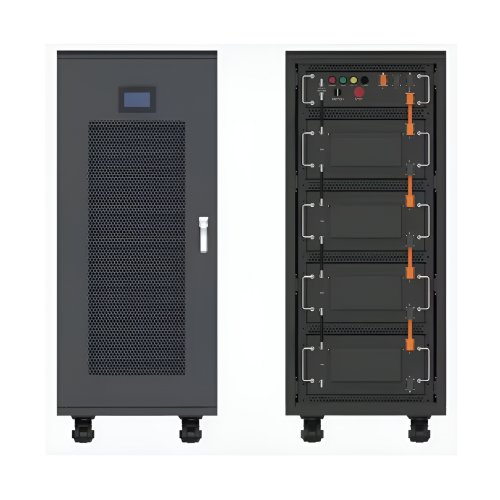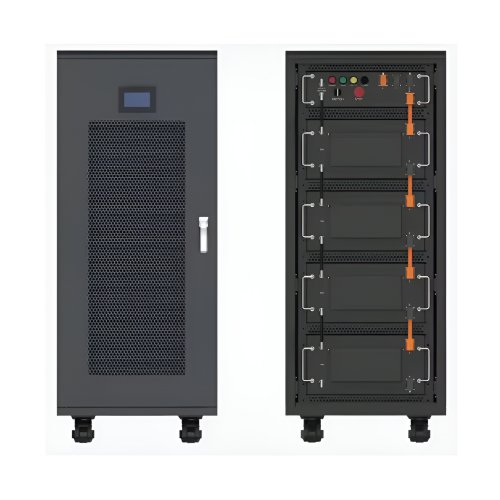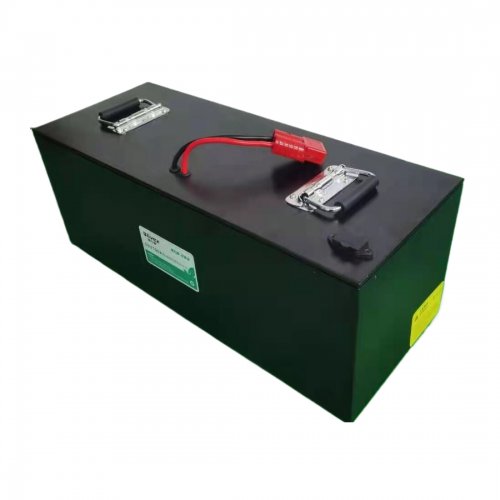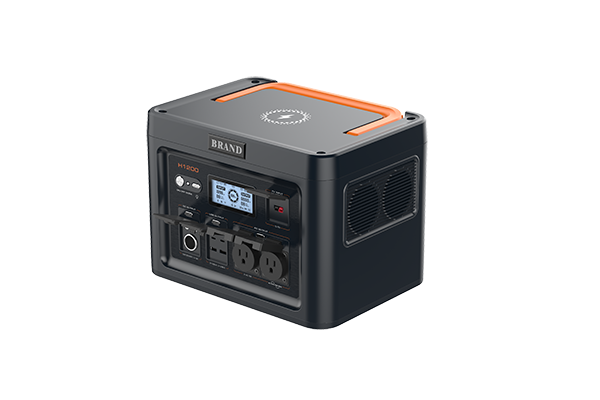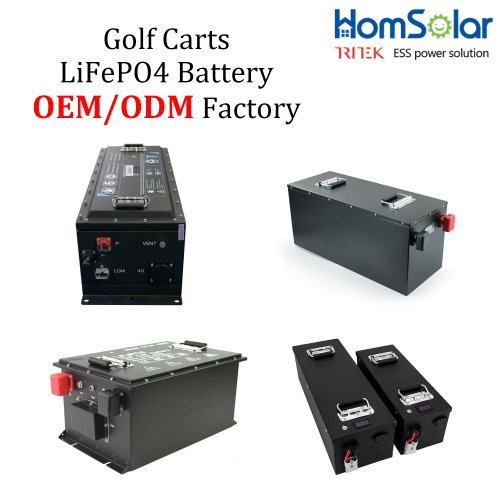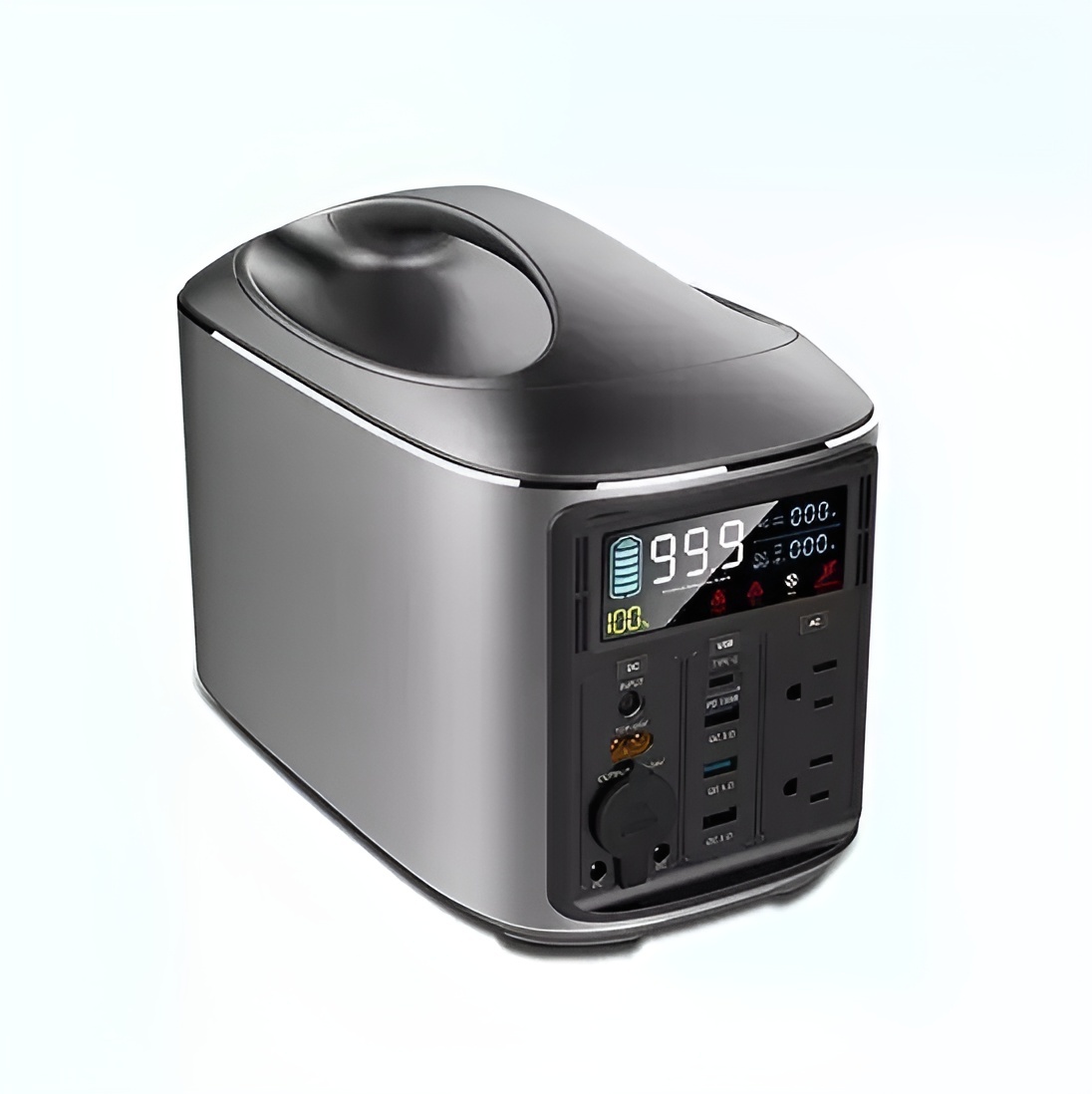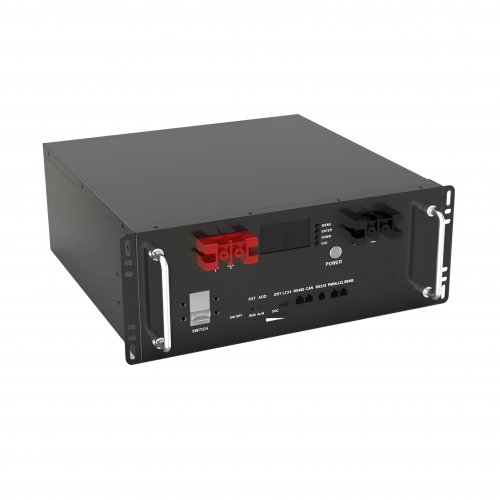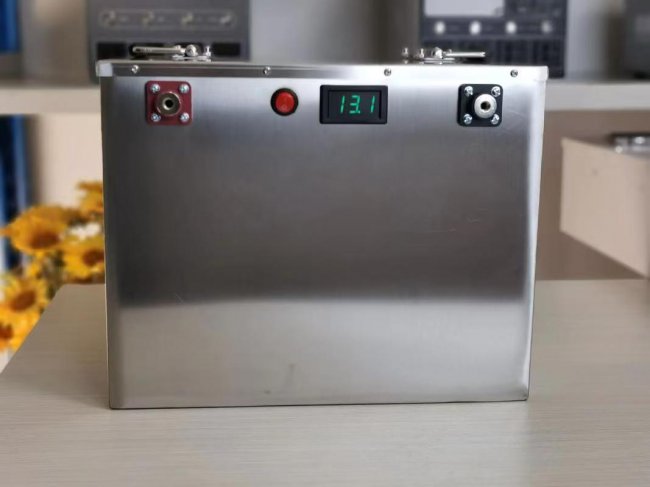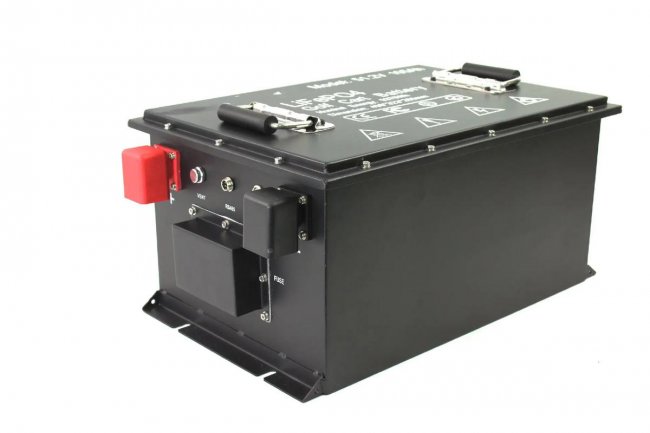How To Use Discharging: A Comprehensive Guide To Safe And Effective Battery Management
The term "discharging" is fundamental to understanding and managing any rechargeable battery system, from the smartphone in your pocket to the electric vehicle in your garage and the large-scale energy storage supporting our grid. At its core, discharging is the process by which a battery delivers its stored electrical energy to power a device or system. While it seems passive—you simply use the device—how you manage this process is critical to the battery's health, longevity, and safety. This guide will walk you through the principles, steps, and best practices for effectively using the discharging function of your batteries.
Understanding the Basics of Discharging
Before diving into usage, it's crucial to grasp what happens during discharge. A battery is a chemical energy storage device. During discharge, a chemical reaction occurs between the anode and cathode through the electrolyte, releasing electrons that flow through an external circuit, creating an electric current. This process continues until the chemical reactants are depleted to a point where the voltage drops too low to be useful. Managing this cycle correctly is the key to maximizing battery life.
A Step-by-Step Guide to Intentional Discharging
While everyday use involves passive discharging, there are scenarios where you might need to control the process actively, such as for calibration or safe storage.
Step 1: Identify Your Goal and Battery Type First, determine why you are performing a controlled discharge. Common reasons include:Calibration: For devices like laptops and phones whose battery level indicators have become inaccurate.Storage: Preparing a battery for long-term non-use.Testing: Assessing the actual capacity or health of a battery.
Crucially, identify your battery chemistry. Lithium-ion (Li-ion) and Lithium Polymer (LiPo) batteries, which power most modern electronics, have different requirements than older Nickel-Metal Hydride (NiMH) batteries. This guide primarily focuses on Li-ion technology.
Step 2: Prepare Your Equipment and EnvironmentDevice/Charger: Ensure you have the device itself or a dedicated "discharger" unit if you are working with loose cells (common in hobbyist RC models).Safe Location: Perform the discharge in a fire-safe, well-ventilated area, away from flammable materials. Never leave a discharging battery unattended.Monitor: Have a way to monitor the process, either through the device's built-in indicators or an external voltage meter.
Step 3: Initiate the Discharge ProcessFor device calibration: Simply use the device normally under a moderate load until it automatically shuts down due to a low battery. Avoid using high-performance modes that generate excessive heat.For storage: Use the device or a smart charger with a "Storage" mode. This function will automatically discharge (or charge) the battery to its ideal storage voltage, typically around 3.7V to 3.8V per cell for Li-ion.For hobby batteries (e.g., LiPo for drones): Use a programmable balance charger/discharger. Set the discharge rate to a safe level (e.g., 1C) and the target voltage for storage or a full discharge if required.
Step 4: Monitor and Conclude Continuously monitor the battery's temperature. If it becomes uncomfortably warm to the touch, stop the process immediately. Once the target voltage or device shutdown is reached, the discharge is complete. For a calibration cycle, the next step is to recharge it fully without interruption.
Essential Tips and Practical Advice
1. Avoid the Extremes: The single most important rule for Li-ion batteries is to avoid deep discharge. Regularly draining a battery to 0% can cause irreversible chemical damage, rendering it useless. Similarly, constantly keeping it at 100% charge stresses the battery. The optimal practice is to keep the state of charge between 20% and 80% for daily use.
2. Mind the Discharge Rate: Batteries are rated with a "C-rate." A 1C rate means you can discharge the entire capacity in one hour. High discharge rates (common in power tools and drones) generate significant heat, which is the primary enemy of battery life. Use the appropriate battery for your device's power demands and avoid pushing it beyond its specified limits.
3. Temperature is Critical: Never discharge a battery that is below freezing (0°C / 32°F). Doing so can cause permanent metallic lithium plating inside the cell, damaging it and increasing the risk of failure. Similarly, avoid discharging in hot environments (above 45°C / 113°F), as heat accelerates chemical degradation.
4. Calibrate Sparingly: The full 0%-100% discharge-recharge cycle for calibration is stressful for the battery. You should only need to do this once every 3-6 months, or when you notice the battery percentage is clearly inaccurate.
Critical Safety Warnings and PrecautionsNever Short-Circuit a Battery: Connecting the positive and negative terminals directly with a wire or metal object causes an extremely rapid, uncontrolled discharge. This generates intense heat, can cause the battery to vent flammable gas, and may lead to a fire or explosion. Always use proper equipment.Use Protection Circuits: When working with individual cells, ensure they are used within a device or a battery pack that includes a Protection Circuit Module (PCM). This board protects against over-discharge, over-current, and short circuits.Do Not Use Damaged Batteries: If a battery is physically damaged—punctured, swollen, or leaking—do not attempt to discharge or charge it. Dispose of it according to local regulations at a designated battery recycling center.Understand Your Device's Limits: Respect the built-in safeguards of your devices. When a device shuts down due to a "low battery," the battery itself is not actually at 0%; the device's firmware is protecting it from a dangerous deep discharge.
By understanding and respecting the discharging process, you transition from a passive user to an informed custodian of your technology. Proper discharge management, characterized by avoiding extremes, controlling heat, and adhering to safety protocols, will significantly extend the functional life of your batteries, ensuring they deliver reliable power for years to come.
Customized/OEM/ODM Service
HomSolar Supports Lifepo4 battery pack customization/OEM/ODM service, welcome to contact us and tell us your needs.


HomSolar: Your One-stop LiFePO4 Battery Pack & ESS Solution Manufacturer
Our line of LiFePO4 (LFP) batteries offer a solution to demanding applications that require a lighter weight, longer life, and higher capacity battery. Features include advanced battery management systems (BMS), Bluetooth® communication and active intelligent monitoring.

Customised Lithium Iron Phosphate Battery Casing
ABS plastic housing, aluminium housing, stainless steel housing and iron housing are available, and can also be designed and customised according to your needs.

HomSolar Smart BMS
Intelligent Battery Management System for HomSolar Energy Storage System. Bluetooth, temperature sensor, LCD display, CAN interface, UART interface also available.


Terminals & Plugs Can Be Customized
A wide range of terminals and plugs can be customised to suit the application needs of your battery products.

Well-designed Solutions for Energy Storage Systems
We will design the perfect energy storage system solution according to your needs, so that you can easily solve the specific industry applications of battery products.



About Our Battery Cells
Our energy storage system products use brand new grade A LiFePO4 cells with a battery lifespan of more than 4,000 charge/discharge cycles.



Applications in Different Industries
We supply customized & OEM battery pack, assemble cells with wiring, fuse and plastic cover, all the cell wires connected to PCB plug or built BMS.
Applications: E-bike, Electric Scooter, Golf Carts, RV, Electric Wheelchair, Electric Tools, Robot Cleaner, Robot Sweeper, Solar Energy Storage System, Emergency Light, Solar Power Light, Medical Equipment, UPS Backup Power Supply.
We can provide you with customized services. We have the ability to provide a vertical supply chain, from single cells to pack/module and to a complete power solution with BMS, etc.


HomSolar (Shenzhen) Technology Co., Ltd







